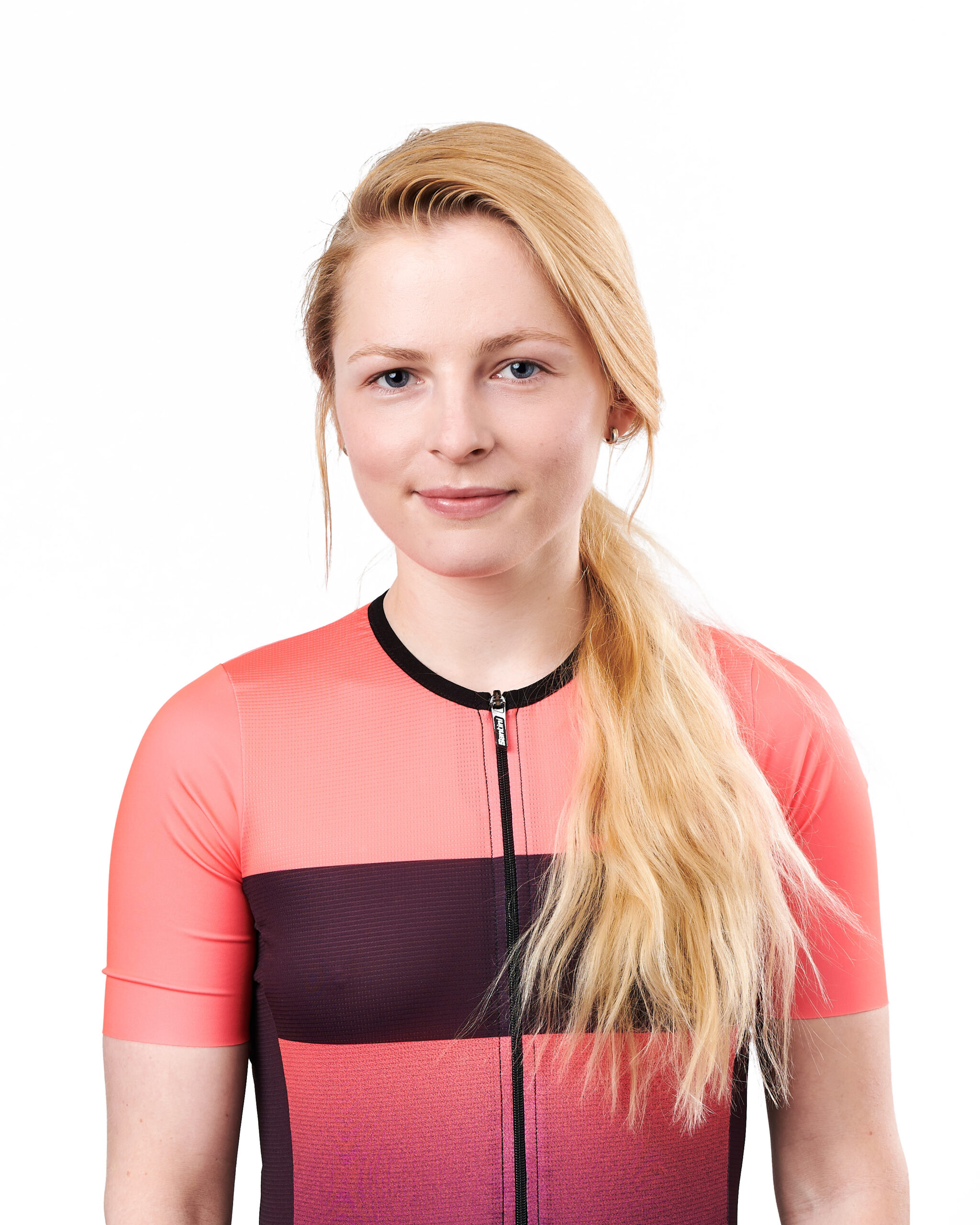Swimrun. Sounds straightforward, right? You swim, then you run. Then you swim again. Then you… well, you get the picture. Simple as it sounds though, there are plenty of kit choices that should be considered before embarking on a swimrun adventure.
After all, you might not have the bike to worry about like in a tri, but you’re going to find yourself running with (and often tied to) a race partner, and doing all kinds of unnatural things like running in your wetsuit and swimming in your run shoes. So the kit you choose has to work equally well for both sports, without impeding your performance in either.
Your wetsuit needs to offer plenty of buoyancy and be warm enough to swim in chilly waters, but not so frogman-like that you can’t run in it and that you risk overheating if the sun comes out. Your run shoes need to be tough enough for wet, slippery rocks but light enough that they don’t act like an anchor in the water. Not only that, but there’s no nice transition zone to dump all your unwanted gear in…
However although there are some ‘interesting’ kit challenges, swimrun is such a new sport that it isn’t bound by the same rules as triathlon, so pretty much anything goes. Not only that, but the races are among some of the most beautiful we’ve seen and you get to race with a buddy to help you along (or tow you along, in some cases!).
Best swimrun gear in 2022
Swimrun wetsuit
Your wetsuit is the first piece of kit you’ll think about for swimrun. As anyone who’s tried to run a long triathlon transition in a wetsuit will testify, it’s not the most comfortable item to try and move quickly in. Get it wrong and you’ll be hot, slow, uncomfortable and badly chafed.
Several brands are now offering swimrun-specific wetsuits with prices ranging from £250 to almost £400. Comfort is key so aim to try before you buy to make sure the fit is perfect. Remember that the suit won’t be as close-fitting as a pure triathlon wetsuit, as you need room to run in it. Consider other needs too, such as pockets for stashing gels and re-useable cups and belt hooks to attach tow-lines and hand paddles when you run.
Head Swimrun MyBoost Pro Aero

- £429.99
This high-tech swimrun wetsuit from Head is for those serious about swimrun and having the best kit at their disposal. The core of the suit's made from 4mm Glideskin neoprene for warmth and buoyancy in the water, while the 2mm jersey-like neoprene along the legs is super flexible and light, allowing plenty of freedom of movement on the run legs.
Meanwhile, the arms have plenty of stretch and freedom of movement in the water with 1.5mm neoprene thickness. There's also detachable sleeves that come with the suit, but we prefer to race without the long sleeves to keep the temperatures down.
Lastly, we liked that this suit comes with an in-built back pocket and belt loop on the front and back to attach a tow-rope. The front and back zippers fly down easily on the move and in all the suit has a high-quality build throughout. We'd 100% recommend this suit as an ideal swimrun companion those those with a generous budget.
- For more swimrun suits, here's a round-up of our five favourite swimrun wetsuits reviewed
Best goggles for swimrun
To reduce the amount of faffing in multiple transitions, you’ll see some swimrunners racing without goggles. For the majority of us though, and/or in salty conditions, they’re pretty much a kit essential.
You’ll need a good fit and range of vision as sighting is crucial in swimrun, as you’re often looking for beacons or strips of fluttering tape on distant islands. Photochromatic lenses are also a good idea, as they’ll allow you better visibility in changeable weather conditions.
Zone3 Venator-X goggles
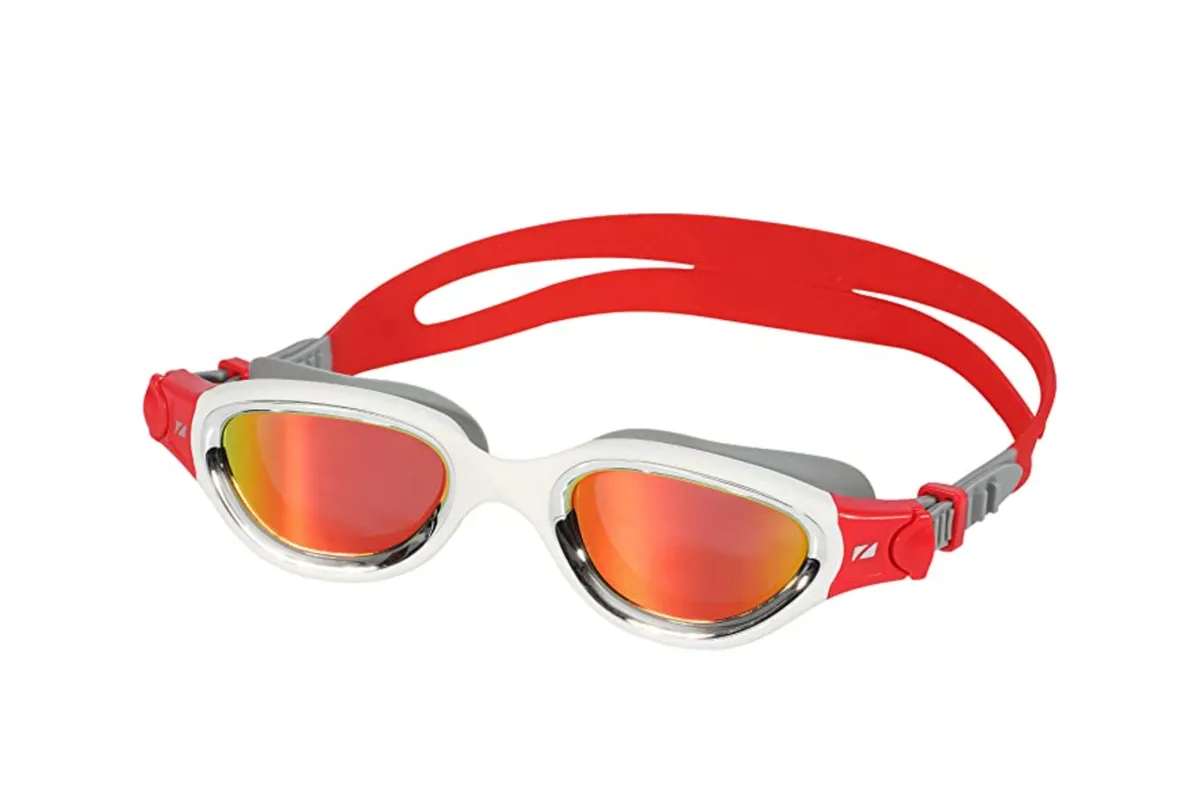
We wore the Zone3 Venator-X over one swimrun season and found them to be a trusty pick. We loved the comfort given by the soft gaskets, essential during a long-distance event.
The anti-fog protection and wide angle also meant that we had great visibility to sight obscure swimrun signage and stay in sync with our swimrun partner.
Most importantly, these look cool and we're pretty sure the style alone knocked off a good five minutes of our race time.
The polarised lenses also protected our eyes from the sun's glare but weren't too dark that they affected our underwater vision. They may be an investment, but one worth making as a pair of goggles can make or break your race.
Swimrun top and shorts
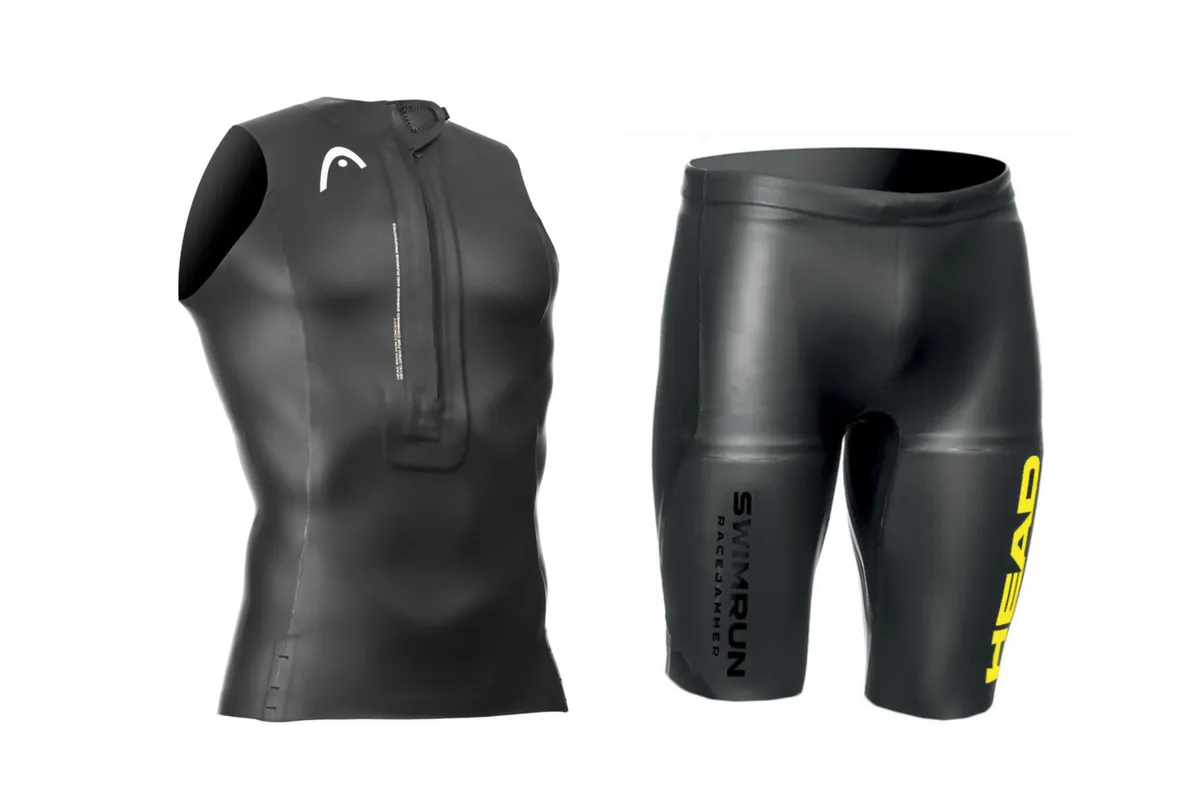
Choosing kit to wear next to your skin that dries quickly and won’t chafe is key. This is why some people feel they have a better freedom of movement when wearing a two-piece swimrun wetsuit and swimwear for underneath. Head sell a swimrun-specific neoprene vest and shorts or 3/4 pants for racing.
Consider a pair of lightweight jammers (closer fitting to again reduce chafing) or for female athletes, a two-piece swimsuit comprising a sports bra-type top for support and shorts such as the Kobi by Aqua Sphere (£39.99) that’s designed to be quick-drying and compressive.
A vest-style tri top can be worn over the top. Finally, some athletes also like to wear a 1 or 2mm surf-style rash vest over your ensemble if race day’s predicted to be on the chilly side.
Swim aids for swimrun
Swimrun is largely unregulated in terms of kit, so pretty much anything goes with flotation aids. You can strap a pull buoy to your leg (spinning it round to between the legs to swim), shove foam down calf guards, and strap on home-made devices made out of foam or empty water bottles... or whatever ingenious ideas you come up with!
Many swimrunners will also attach paddles to their wrists, but exercise caution here unless you’re a strong swimmer, as you could damage your shoulders if they’re too big. One of the biggest benefits in swimrun is being attached to your partner by a bungee cord – meaning you can take it in turns to draft.
Orca Swimrun Pull Buoy
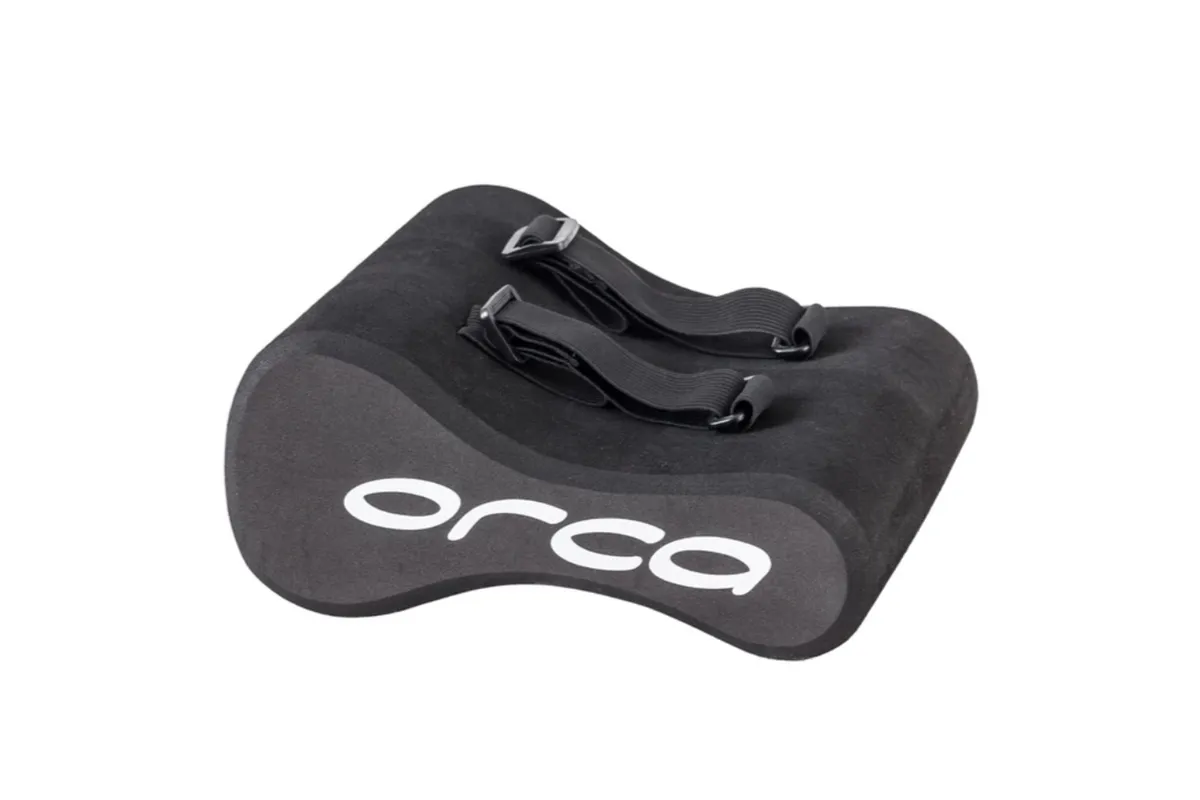
Many brands do swimrun-specific pull buoys. Most swimrunners will use pull buoys between their legs in the swim sections of the race to keep their bodies streamline in the water and prevent heavy trainers from dragging their feet down.
As swimrunners don't kick during swimrun segments in order to save their leg energy for the run, a swimrun specific pull buoy with attachment cords to keep it on your leg is a great help.
This pick from Orca comes with two durable looking attachment straps and aims to be light to carry on the run portions.
Zone3 Power Stroke Swimming Hand Paddles
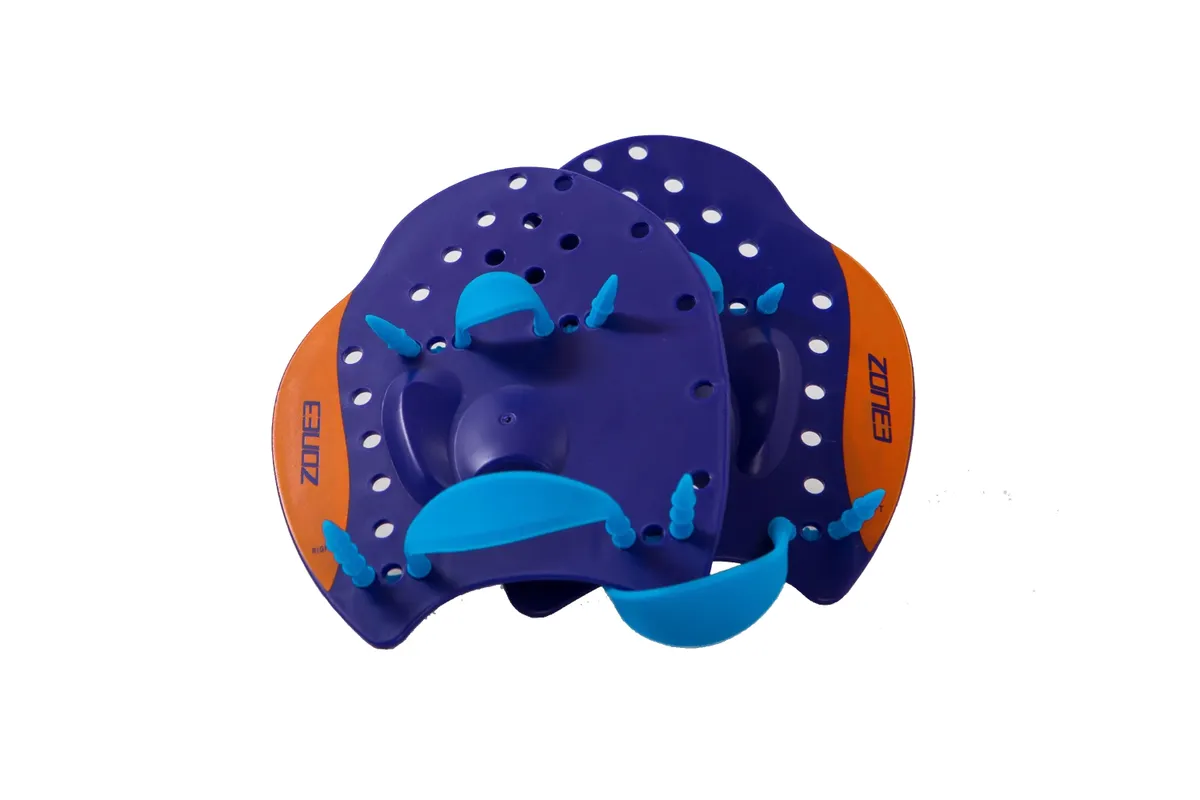
Some swimrunners will choose to use hand paddles during the swim legs. Paddles can give an advantage to swimmers by allowing them to pull themselves through the water more easily, however this is only the case if the swimmer is strong enough to make the most of the paddles.
This is why it is essential to build up swim strength in training and practice with the paddles. Swimrunners will often choose to use wider flat paddles such as this inexpensive pair from Zone3 in order to catch more water during the swim stroke.
Head B2 Lite Calves
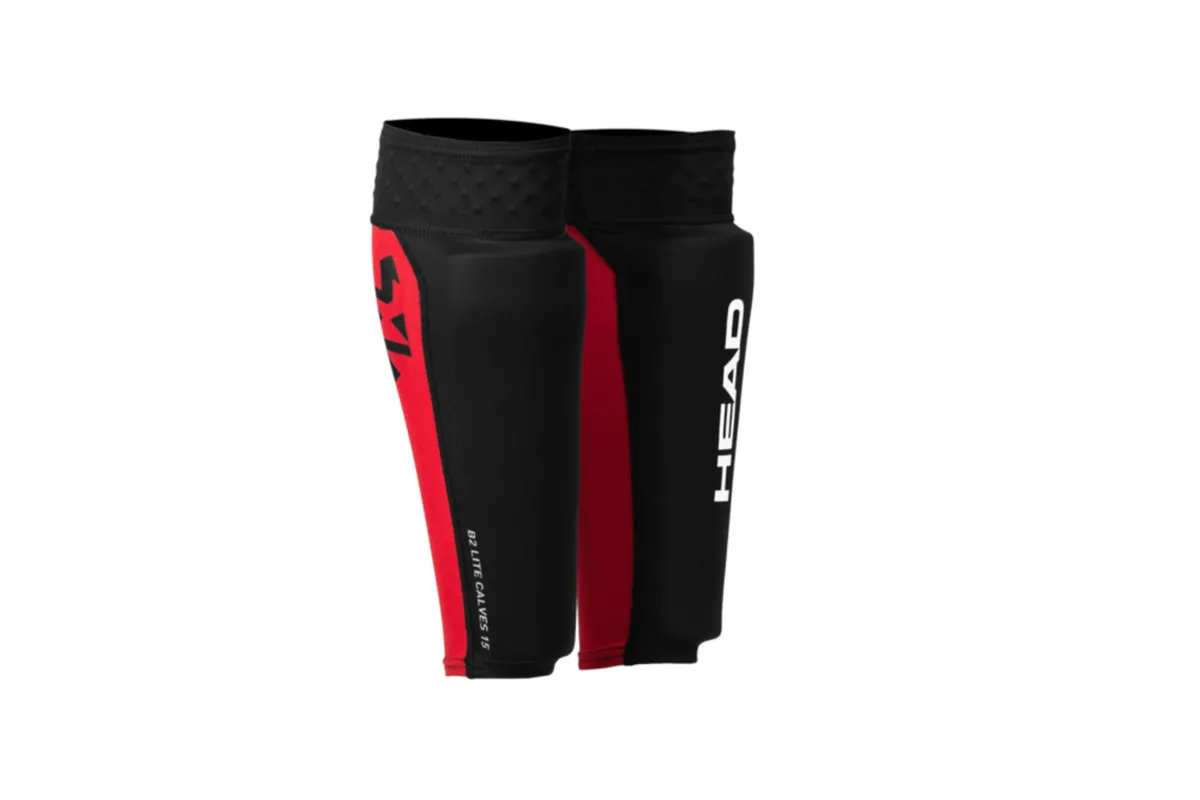
Many swimrunners will opt to wear a pair of calf guards. The reason is two-fold. Not only are calf guards compressive and therefore supportive for the run segments, they're also another means to make you more buoyant in the water. This is why some swimrun calf guards will come with pockets to slip in foam inserts or be constructed from neoprene to lift the legs in the water.
We've tried various calf guards and prefer a pair with foam inserts for the simple reason that neoprene along our whole calf made us too hot - you may not have this problem if you're aiming for a swimrun race in colder climates.
We liked the Head B2 Lite Calves as the stretchy lycra kept us compressed but cool, with the 15mm foam insert pockets plenty to keep up legs lifted in the water, while silicone dots along the top kept the sleeves in place. Head also do Flex and Aircell sleeves made with thicker, neoprene material for those after warmer options.
Best trainers for swimrun
Your choice of footwear is right up alongside the wetsuit in terms of importance. Most swimrunners choose to swim in their shoes rather than taking them off, so you need a pair that’ll drain water and dry quickly, as well as being sturdy enough to handle the often-brutal swimrun terrain.
The shoes also need to be light – the heavier the shoe, the more drag in the water. Vivobarefoot are the first company to produce a swimrun-specific shoe with their Primus Trail SG. They’re very minimalist, so you’ll need to adapt before racing in them. Other brands favoured by swimrunners include Inov-8 – who recommend their X-Talon G 210.
Inov-8 X-Talon G 210
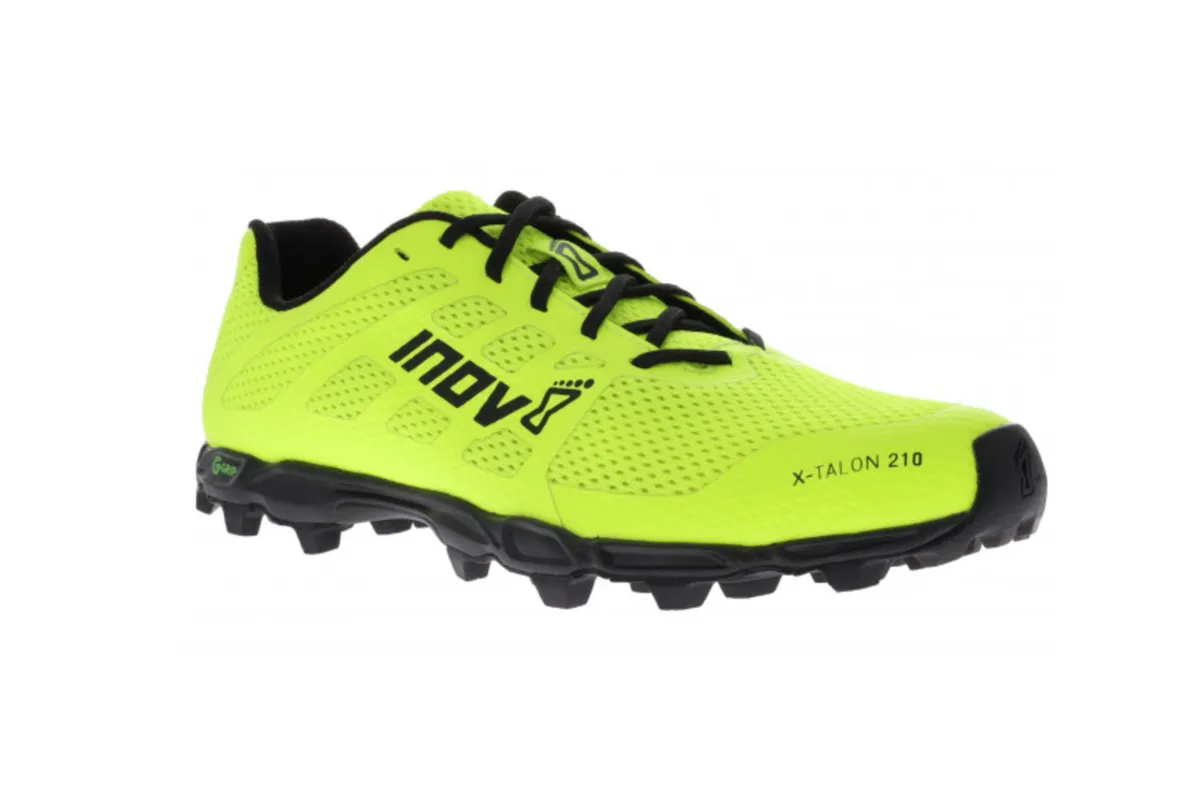
When the G210 came out, Inov-8 heralded it as "the lightest and fastest shoe" yet, even naming it after it's impressive weight of 210g. Being lightweight is key in a good pair of swimrun kicks, as is being primed for tackling trails and rough terrain.
The 210 has 8mm lugs with extra sticky coating which should keep you stable even in the slipperiest of conditions.
They're also made with a perforated mesh upper for quick drainage and drying after a swim portion. Swap out those laces for a pair of elastic lock laces for race day, and you're good to go.
Swimrun tow rope
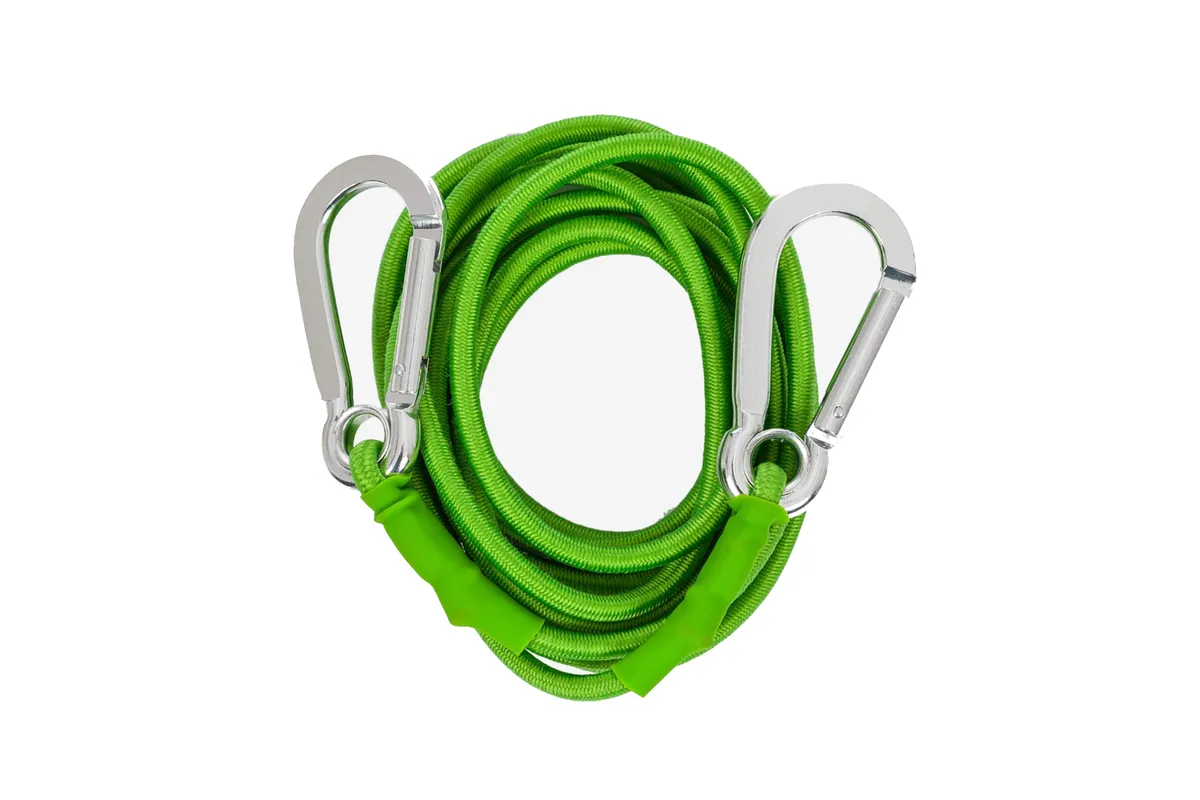
Let's not forget that all-important tow rope if you're racing in a pair. We're talking about the line that connects two racing partners together during the swim legs of a swimrun, when not in use it is the job of one person to carry the rope during the run.
This rope is connected to loops on a swimrunner's waist, either from a belt or a loop built into the wetsuit. Now, it's not essential that you use this, but many pairs decide to use a rope when competing in swimrun if one person is a much stronger swimmer than the other.
The rope keeps the pair together (swimrun races require pairs to stay within 10m of each other at all times) and also helps out the weaker swimmer by pulling them along in the water a little so that both swimmers are moving at the same speed.
Aim for a rope that's flexible and preferably highly visible to avoid another racing swimming into it or you tripping over it while racing. Athletes commonly use bungee cord and fashion their own ropes, but another easy option is Head's Swimrun bungee with carabiner clips on each end, just ensure you trim it to size to fit the height of you and your partner.
Swimrun safety kit
Swimrun allows you a lot of freedom, but some essential safety kit is needed. ÖtillÖ races require you to carry a first aid bandage in waterproof packaging, a compass or watch compass, and a whistle. You’ll also be given a swim hat, race bib, timing chip and map. While race organisers like Breca require solo swimrunners to carry their own tow-float/flotation device with them at all times.
Swim Secure Wild Swim Bag
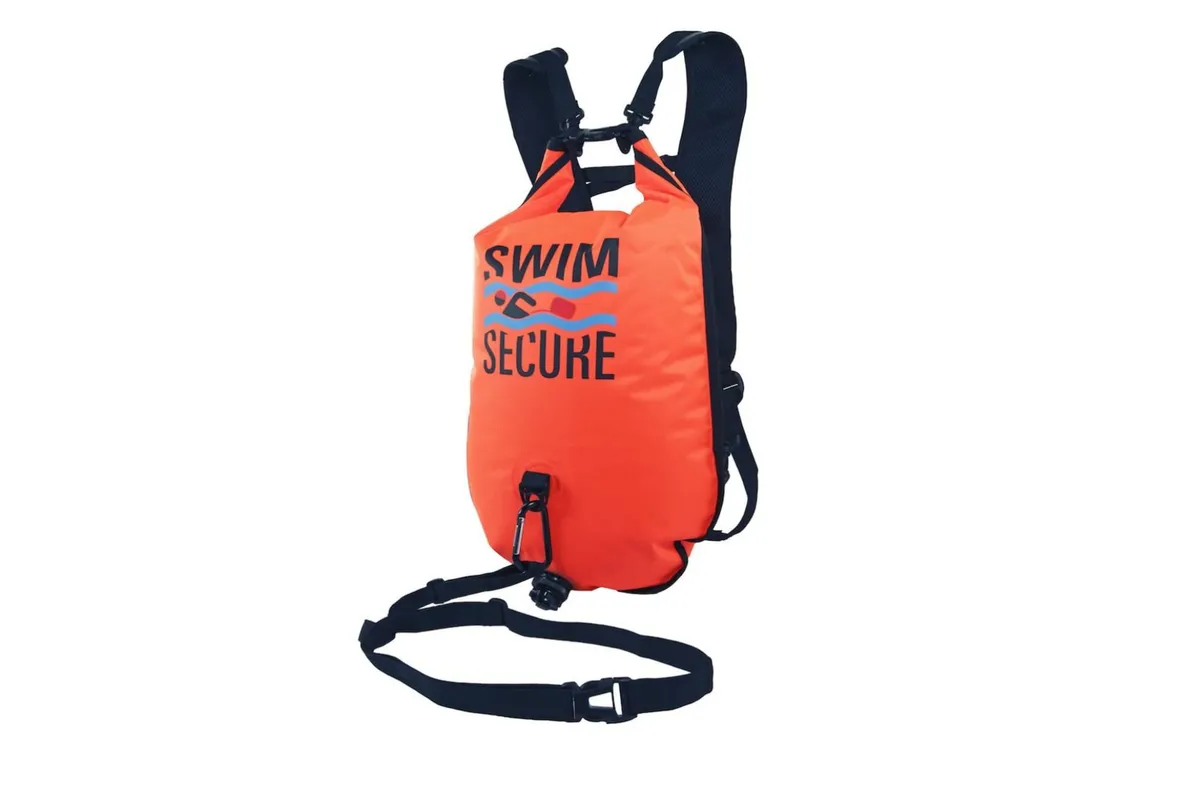
Some swimrun races require their participants to carry a flotation device with them for safety purposes during the race, or you may decide to do this regardless to help you feel safer in the water. This is where a tow float that can double up as a backpack could come in handy.
This pick from Swim Secure also has a built-in dry bag which is useful for stashing race fuel and a tow line to keep the float attached to you when you're swimming, detachable backpack straps are designed to make the float easy to carry on your back when not in the water.
Alternatively, those with higher budgets may opt for more streamline floatation devices like the Tekra Pod, which is one of our favourite tow floats for open water swimming.
Swim cap
The race organisers will give you a swim cap to identify you by. For warmth, however, it’s a good idea to double up and, if really cold, choose a neoprene cap. Some brands also sell neoprene headbands for swimrunners which works by covering the sensitive baroreceptors in the forehead and helps prevent the dreaded ice-cream-head feeling.
Orca Neoprene headband

A neoprene headband like this classy-looking one from Orca will help to keep your head warm and regulate your body temperature when swimming in colder waters. This curved-rim band is made from 2.5mm stretchy neoprene, with a Velcro closure system at the back for adjustability.
Best socks for swimrun
Unless you like chafing, then sport-specific socks are a pretty good idea for swimrun. Like with your shoe choice, you’ll need a pair that are lightweight, wicking and which dry quickly. Swedish brand Gococo are leading the way and produce some snazzy options with an added compressive benefit.
Gococo swimrun socks

Gococo have a huge range of sports socks to choose from. We've tried both their ankle-length light sports socks and their long superior compression socks and loved both for swimrun training and racing.
If you're after a sock that offers compression as well as comfort, without any chafe or uncomfortable rubbing leading to blisters, then the Compression Superior socks are the ones for you.
They're durable, with zonal padding over pressure points, while also feeling light-weight and comfortable to wear.
The shorter Light Sport version is for those who don't want to wear anything on their calves, or are opting for separate swimrun calf guards and need a shorter sock. They're also both available in a huge range of fun colours.
Top image credit: Breca Swimrun
